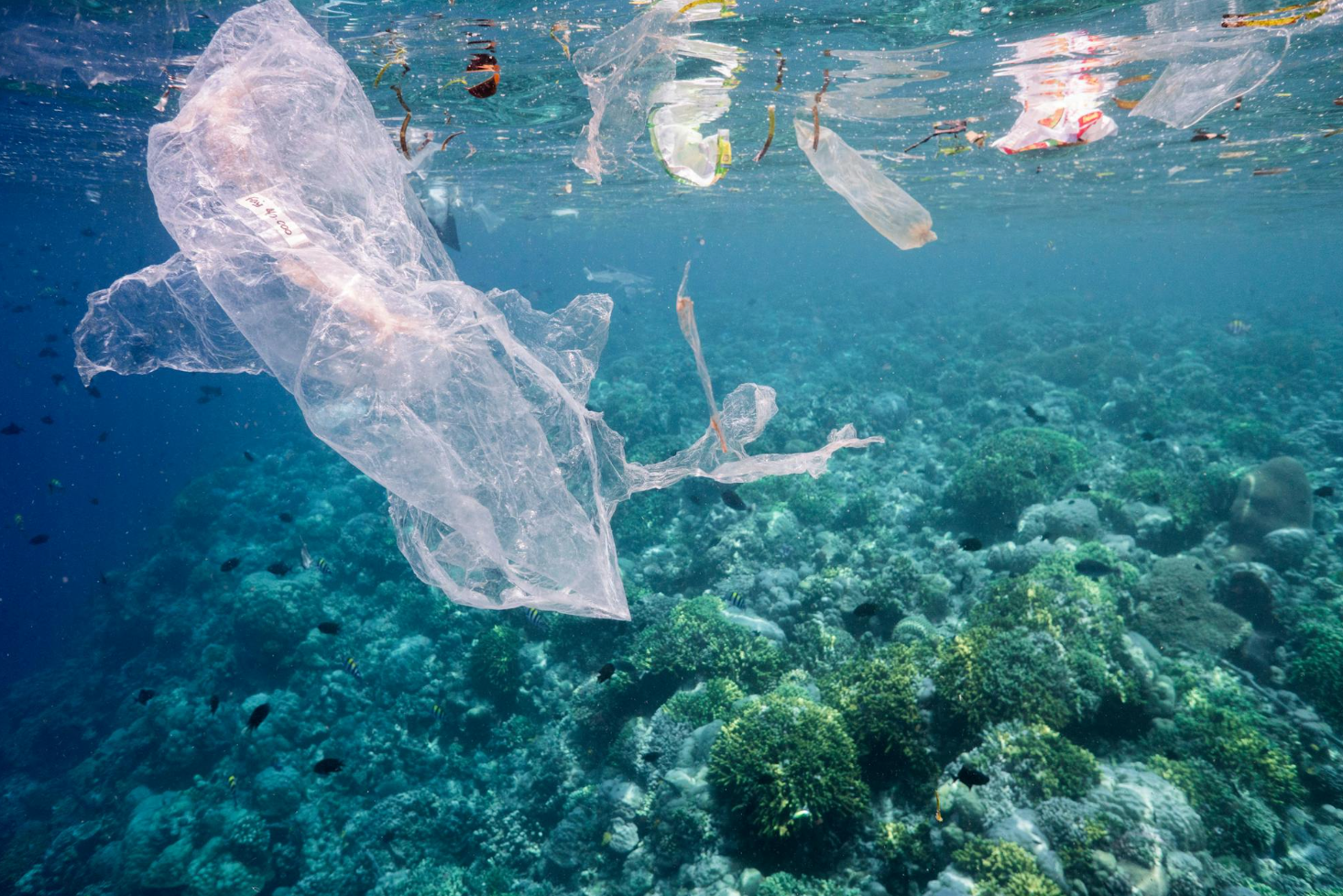5 MIN READ
9-1-2024
Clownfish
Mikaela Walsh, 4ocean Research Analyst
“OK. I’m thinking of something orange, and it's small” - Dori, Finding Nemo.
Embark on a journey beneath the ocean’s surface and learn more about the infamous clownfish.
Scouring the Australian coral reefs, an orange fish with black and white stripes continues to swim along the coral in search of food. This curious fish wonders to ensure no danger is present.


Bracelet of the Month:
Clownfish
Pull 5 Pounds of Trash From The Ocean With Our Limited Edition Clownfish Bracelets.Only Available September 2024!
Shop Now - Clean the OceanFast Facts
Boney Fish, approximately 3-4.5 inches in length.
Around 30 species are categorized into two different Genus.’
- Premnas
- Amphiprion
Symbiotic mutualistic relationship with sea anemone.
Many males live with one dominant female clownfish.

Habitat
Warm shallow waters of the Indian Ocean and Pacific Ocean. They are found in sheltered lagoons and shallow reefs.
Commonly found in:
- Red Sea
- Great Barrier Reef
- Andaman Sea
Countries:
- Northwest Australia
- Central Indonesia
- Philippines
- Southwest Japan

Sea Anemone
Clownfish find homes in sea anemone, an invertebrate related to corals and jellyfish. Sea anemones have nematocysts, also known as stinging cells, which they use to catch prey.
Clownfish are unique because they have a special mucus adaptation that allows them to live in sea anemones rather than fall victim to them!
Clownfish find refuge in sea anemones for shelter and eat leftover food from sea anemones!
Food Source
Algae, plankton, worms, and small crustaceans.
They also eat their own unfertilized and infected eggs!
Behavior
Extremely social, communicate through popping and clicking sounds. They have even been feisty if people get too close to their eggs or anemones.
Hermaphrodite
All clownfish are born into males, but few change into females due to lacking females. Once they transition, they are unable to become male again.

Reproduction
Clownfish reproduction is very unique.
First, a female clownfish will lay up to thousands of eggs in a clear, cave-like structure.
Then, a male clownfish fertilizes the eggs and protects them until they are born.
Lifespan
Average: 6-10 years in the wild.

Environmental Challenges
Ocean Acidification: The more acidic the water is, the harder it is for the fish to maintain normal bodily functions and survive.
Rising Ocean Temperature: contributes to coral bleaching, which greatly impacts anemones that clownfish depend on.
Human Impacts: different forms of pollution, aquarium trade, artificial light, and many more human impacts have devastating effects on clownfish.

How does plastic pollution impact clownfish?
Ingestion
Clownfish often eat small pieces of plastic debris, also known as microplastic, which causes digestive blockages, inflammation, and discomfort.
Entanglement
Clownfish are small, bony fish that have been found to become entangled in plastic debris in many different forms of waste. Entanglement can lead to drowning, starvation, and suffocation.
Chemicals From Plastic
Certain chemicals have been shown to leak from plastic materials and cause clownfish to feminize. This is extremely harmful due to the important role of gender in their communities and reproduction.

Bracelet of the Month:
Clownfish
Pull 5 Pounds of Trash From The Ocean With Our Limited Edition Clownfish Bracelets.Only Available September 2024!
Shop Now - Clean the Ocean



